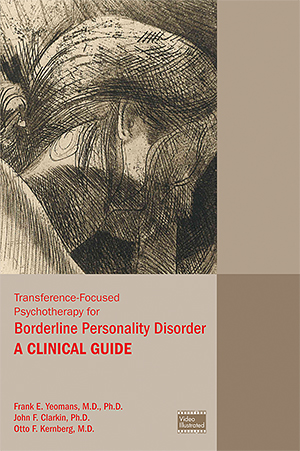Sections
Excerpt
The patient enters the midphase of treatment when some equilibrium is established, characterized by increased acceptance of the treatment frame and a corresponding decrease in the chaos in the patient’s life and intensification of affects in the sessions. The overt behavioral manifestations of conflict and turmoil that may characterize the beginning phase are contained for the most part. Affects, both positive and negative but usually extreme, become more intense in the sessions. The work of deepening the exploration of the transference themes can progress with a diminished threat of treatment dropout or acting-out behavior (although these may recur at times of regression). Time in the sessions alternates between reexperiencing intense conflicts in the relationship with the therapist and mutual exploration of these conflicts, with the goal of increasing the patient’s capacity to reflect on his or her internal experience and on its impact on his or her relationship with others outside the sessions.
Access content
To read the fulltext, please use one of the options below to sign in or purchase access.- Personal login
- Institutional Login
- Sign in via OpenAthens
- Register for access
-
Please login/register if you wish to pair your device and check access availability.
Not a subscriber?
PsychiatryOnline subscription options offer access to the DSM-5 library, books, journals, CME, and patient resources. This all-in-one virtual library provides psychiatrists and mental health professionals with key resources for diagnosis, treatment, research, and professional development.
Need more help? PsychiatryOnline Customer Service may be reached by emailing [email protected] or by calling 800-368-5777 (in the U.S.) or 703-907-7322 (outside the U.S.).



